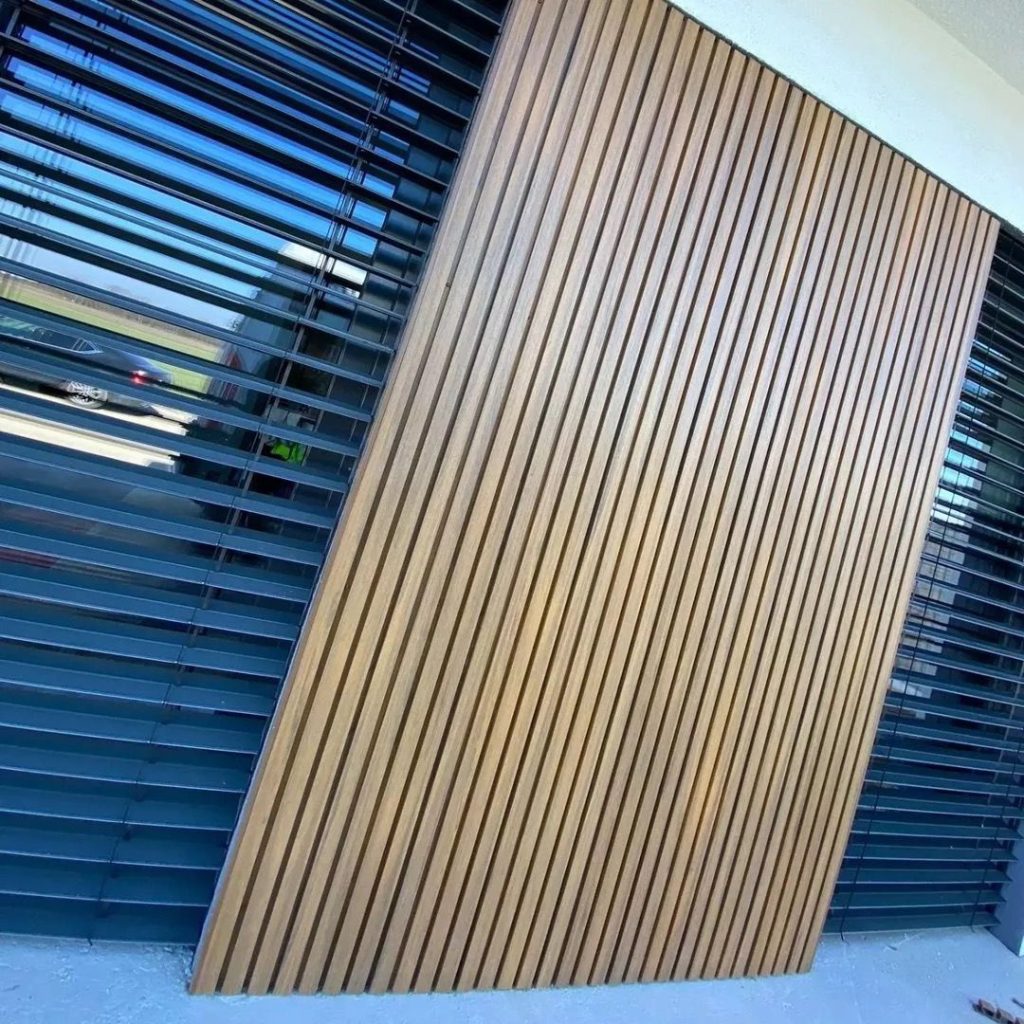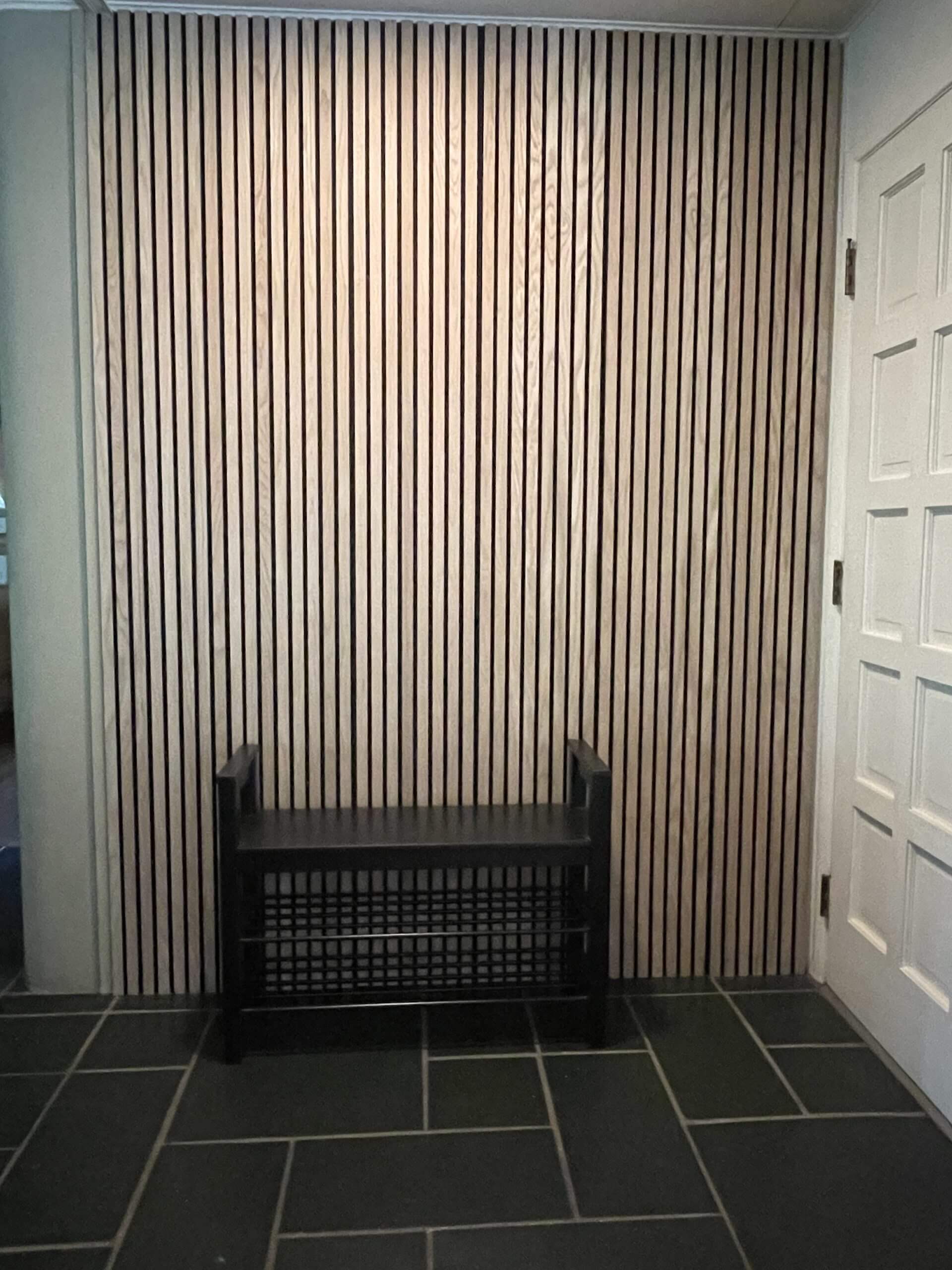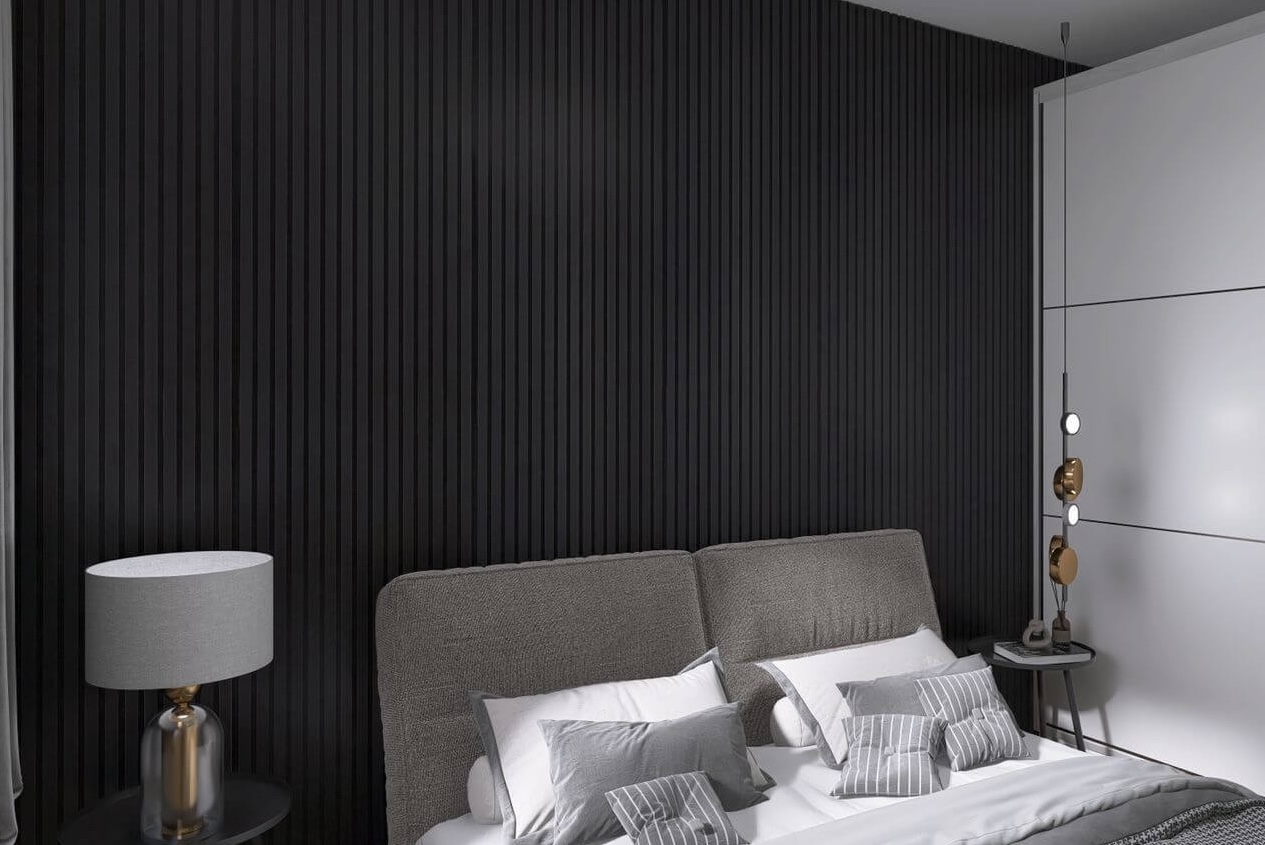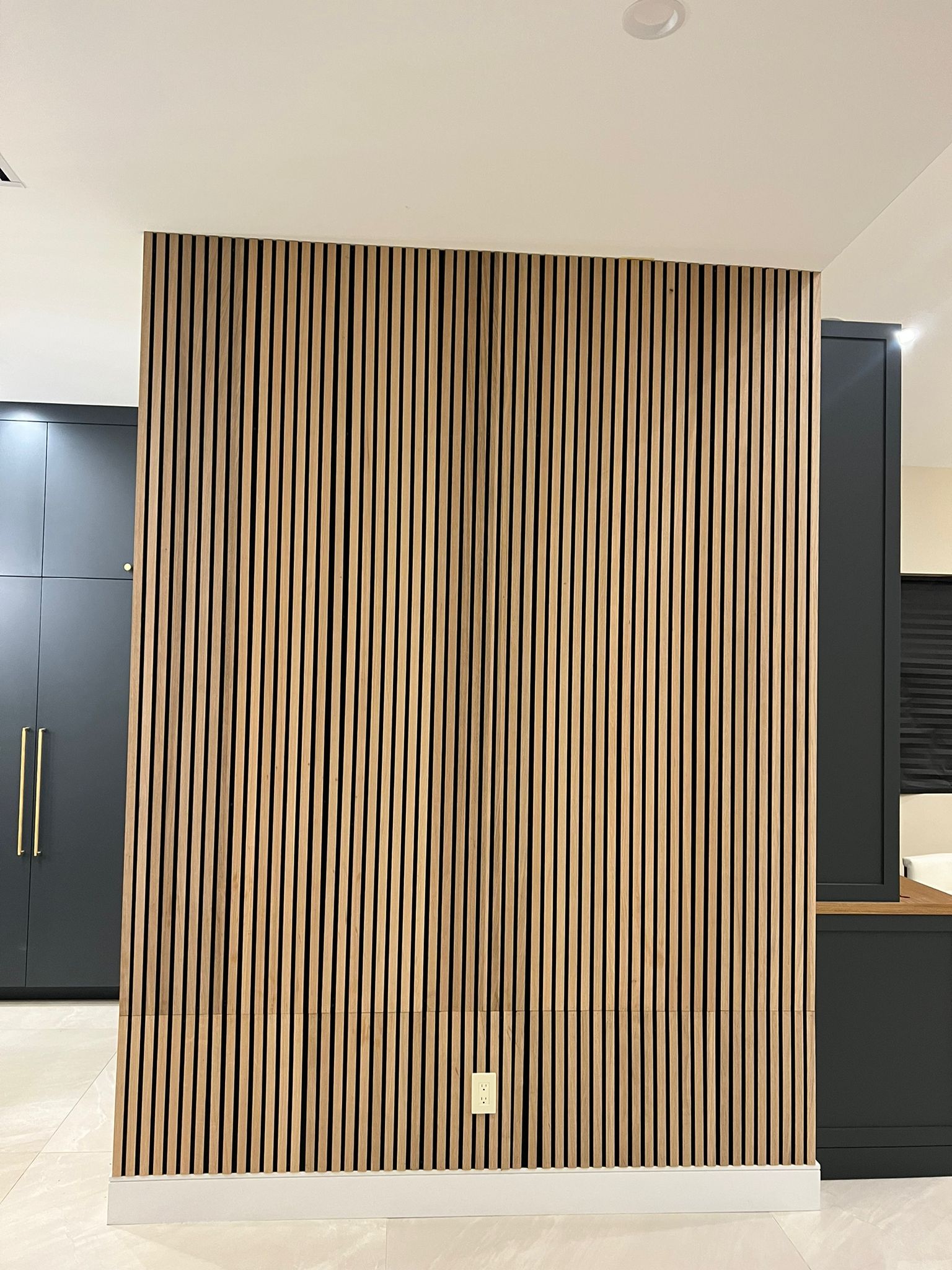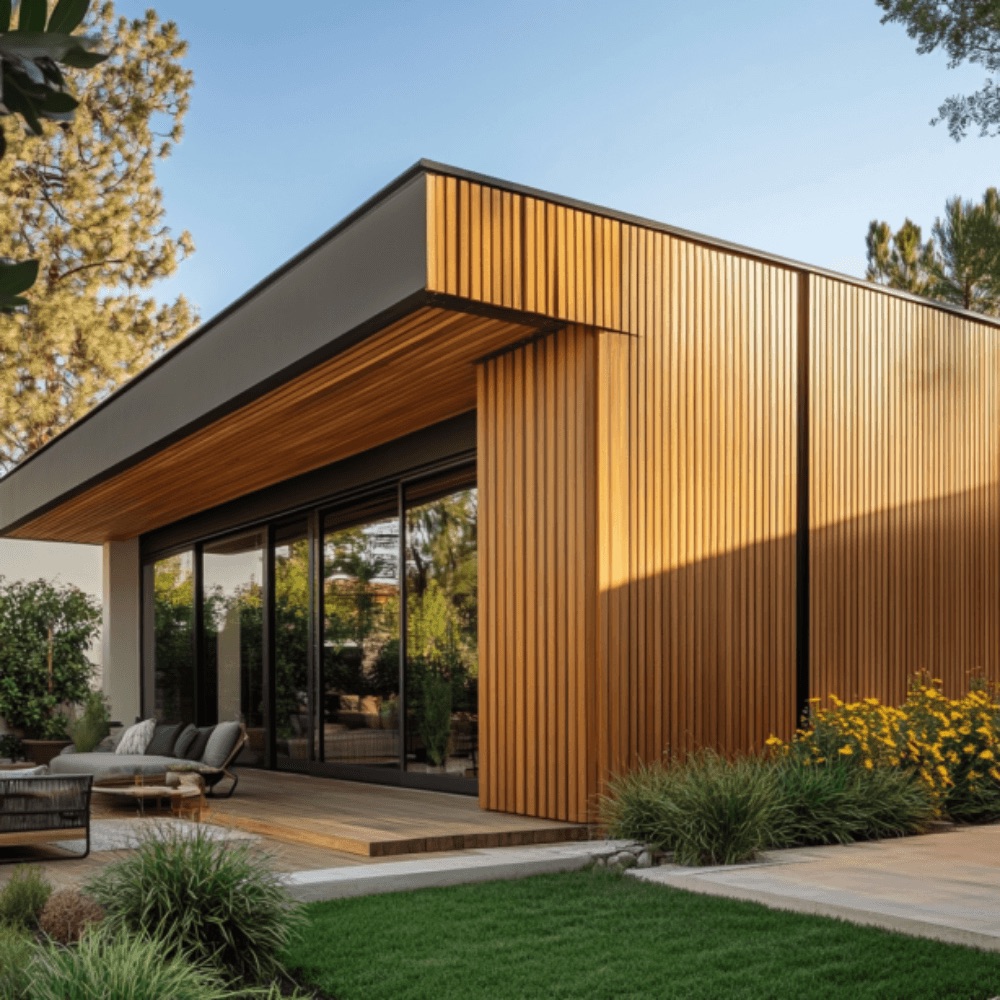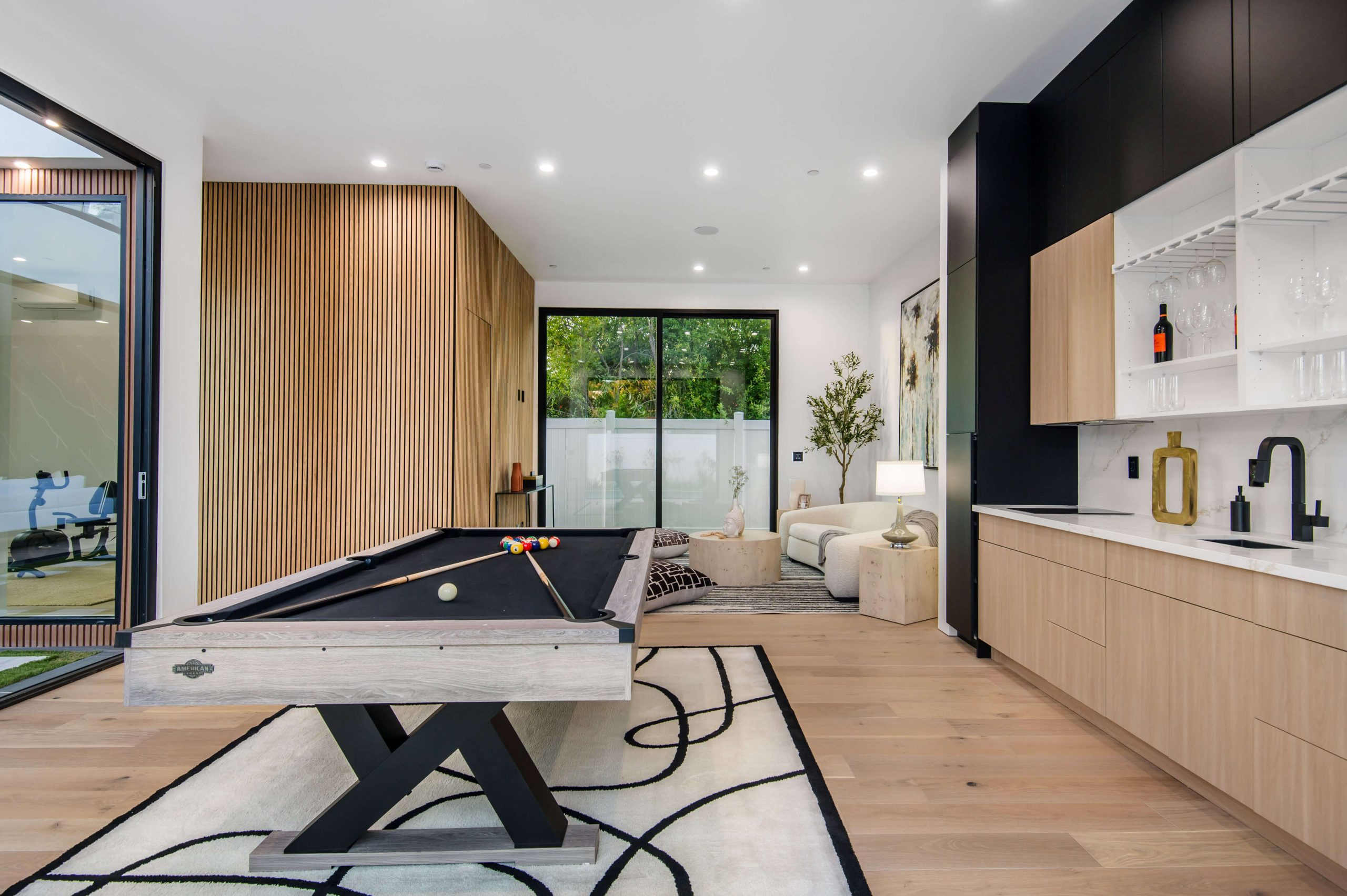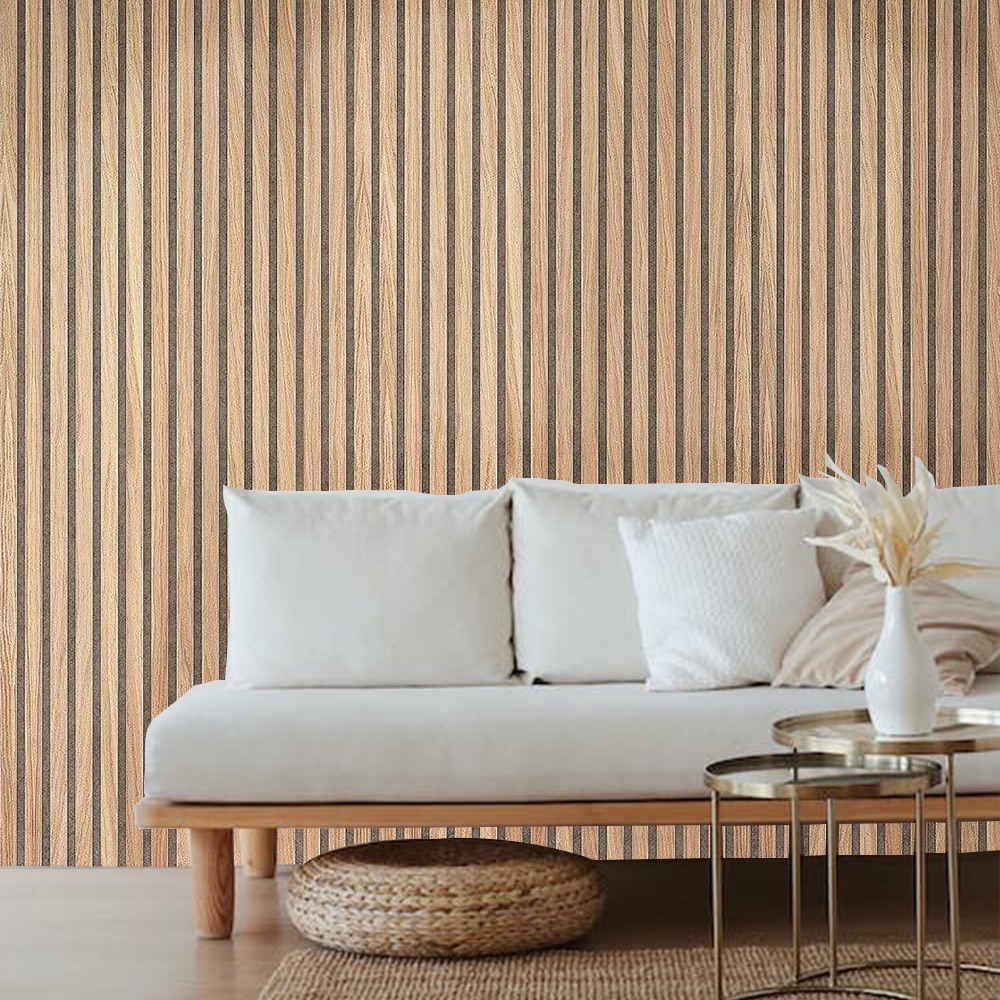Choosing the right siding materials for your home is crucial to ensure both durability and aesthetic appeal. Homeowners and builders are constantly searching for materials that offer long-lasting performance while maintaining a beautiful appearance. In this post, we’ll explore some of the most durable and popular siding materials, diving into their advantages and disadvantages and how they stand up to the elements over time. Whether you are a DIY enthusiast or a homeowner looking to upgrade your exterior, this guide will help you make an informed decision.
Why the Choice of Siding Material Matters
The siding materials you choose for your home’s exterior not only determine the overall appearance but also play a key role in protecting your home from weather conditions, pests, and even noise pollution. The right siding material can significantly enhance the durability of your home, reducing the need for frequent repairs and maintenance. Let’s explore some of the most reliable materials that are known for their longevity and performance.
1. Fiber Cement Siding
What is Fiber Cement Siding?
Fiber cement siding is composed of cement, sand, and cellulose fibers. It’s a popular choice for those looking for durable siding materials that require minimal maintenance.
Benefits of Fiber Cement:
- Durability: Resistant to rotting, warping, and pests.
- Fire Resistant: Fiber cement doesn’t catch fire, making it ideal for areas prone to wildfires.
- Low Maintenance: It does not require frequent painting or sealing.
- Appearance: It can mimic the look of wood, offering a classic, appealing finish without the maintenance issues of natural wood.
Drawbacks:
- Installation Complexity: It’s heavier than other siding materials and requires skilled labor for installation.
- Cost: While not the most expensive, it is pricier than vinyl siding.
Fiber cement is a go-to option for homeowners who want the appearance of wood without the hassle of ongoing upkeep.
2. Vinyl Siding
Why Choose Vinyl Siding?
Vinyl siding is one of the most popular siding materials for residential homes. It’s made from PVC plastic and offers a low-cost, low-maintenance option for homeowners.
Benefits of Vinyl:
- Affordability: It’s one of the least expensive siding options.
- Low Maintenance: Vinyl siding does not need to be painted and can be easily cleaned with a garden hose.
- Versatility: Available in a wide range of colors and textures.
- Durability: Resistant to moisture and pests, making it ideal for humid climates.
Drawbacks:
- Vulnerability to Weather Damage: Vinyl can crack or warp in extreme weather conditions, especially in very cold or hot climates.
- Appearance Over Time: While modern vinyl siding can look attractive, it may fade or become brittle with age.
Vinyl is a great option for homeowners looking for an affordable, durable, and easy-to-maintain exterior material.
3. Wood Siding
Classic and Elegant Wood Siding
Wood has been a favorite for home exteriors for centuries. It’s one of the more traditional siding materials, offering a classic, timeless appearance.
Benefits of Wood:
- Natural Beauty: Offers a rich, authentic aesthetic that no other material can replicate.
- Customizable: It can be stained, painted, or treated to achieve different looks.
- Eco-Friendly: Wood is a renewable resource and can be sourced sustainably.
Drawbacks:
- Maintenance: Wood requires regular upkeep, including painting, staining, and sealing to prevent rot, termites, and weather damage.
- Vulnerability: It is susceptible to fire and pests, which can shorten its lifespan without proper maintenance.
Wood siding remains a popular choice for homeowners looking for a natural, warm, and eco-friendly option despite the maintenance it requires.
4. Metal Siding
What is Metal Siding?
Metal siding, often made from aluminum or steel, is another durable option among siding materials. It is increasingly used in modern and industrial-style homes.
Benefits of Metal:
- Durability: Highly resistant to fire, insects, and rot.
- Weather Resistant: Performs well in harsh weather conditions like extreme heat or cold.
- Low Maintenance: Metal siding requires very little maintenance.
Drawbacks:
- Corrosion: In areas with high moisture, metal siding can rust if not properly treated.
- Noise: Rain or hail can make metal siding noisier than other materials.
Metal siding is a fantastic option for homeowners seeking durability, low maintenance, and a sleek, modern look.
5. Brick and Stone Veneer Siding
Classic and Sturdy Brick Siding
Brick and stone veneer siding are some of the most durable siding materials available. They offer a luxurious, classic appearance and unmatched durability.
Benefits of Brick and Stone:
- Longevity: Brick and stone can last a lifetime with minimal maintenance.
- Weather Resistant: They are impervious to weather damage, fire, and pests.
- Aesthetic Appeal: Offers a high-end, timeless look.
Drawbacks:
- Cost: Brick and stone are among the most expensive siding materials.
- Installation: Installation is labor-intensive and requires specialized skills.
For those who prioritize durability and appearance over cost, brick and stone are excellent options for long-term value.
Visual Comparison of Siding Materials
| Siding Material | Durability | Maintenance Required | Cost | Weather Resistance | Fire Resistance |
|---|---|---|---|---|---|
| Fiber Cement | High | Low | Moderate | Excellent | Excellent |
| Vinyl | Moderate | Low | Low | Moderate | Poor |
| Wood | Moderate | High | High | Poor | Poor |
| Metal | High | Low | Moderate | Excellent | Excellent |
| Brick and Stone Veneer | Very High | Very Low | Very High | Excellent | Excellent |
Step-by-Step Guide: How to Choose the Right Siding for Your Home
- Assess Your Climate: Consider weather conditions in your area. Fiber cement and metal perform better in extreme weather than wood or vinyl.
- Set a Budget: Determine how much you’re willing to spend. Vinyl and fiber cement are affordable, while brick and stone veneer come at a premium.
- Consider Maintenance: How much time are you willing to invest in maintenance? Wood requires the most care, while vinyl and metal require minimal upkeep.
- Aesthetic Preferences: Choose a material that complements your home’s architecture and personal style.
- Fire and Pest Resistance: If you live in an area prone to wildfires or termites, materials like fiber cement and brick are excellent choices.
FAQs: Common Questions About Siding Materials
-
What is the most durable siding material?
Brick and stone veneer are the most durable, often lasting a lifetime with little maintenance.
-
Which siding material is the most affordable?
Vinyl siding is the most affordable option while still offering good durability and weather resistance.
-
Does wood siding require a lot of maintenance?
Yes, wood siding requires regular maintenance, including painting and sealing, to prevent damage from moisture and pests.
-
Is fiber cement siding fire-resistant?
Yes, fiber cement is highly fire-resistant, making it an excellent choice for homes in fire-prone areas.
-
Can metal siding rust?
Metal siding can rust in areas with high moisture, but proper treatments can prevent this.
In conclusion, choosing the right siding materials for your home depends on various factors, including climate, budget, and maintenance requirements. By understanding the benefits and drawbacks of each material, you can select an option that not only looks great but also stands the test of time. Whether you opt for the affordability of vinyl or the luxury of brick, you’re sure to find a solution that enhances both the value and longevity of your home.

